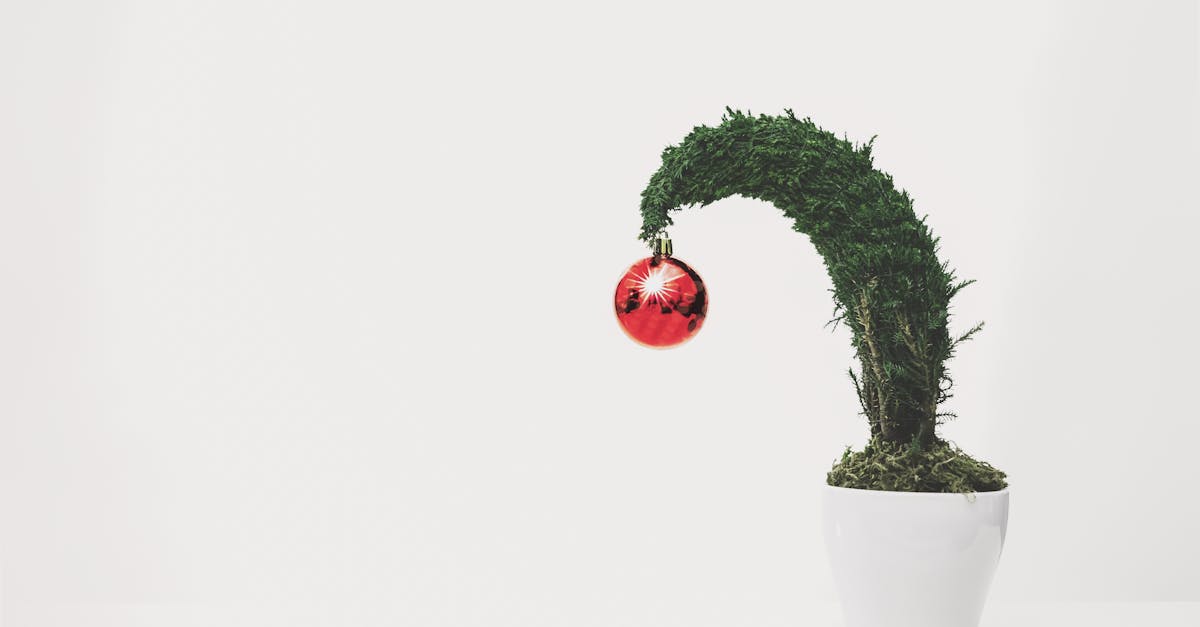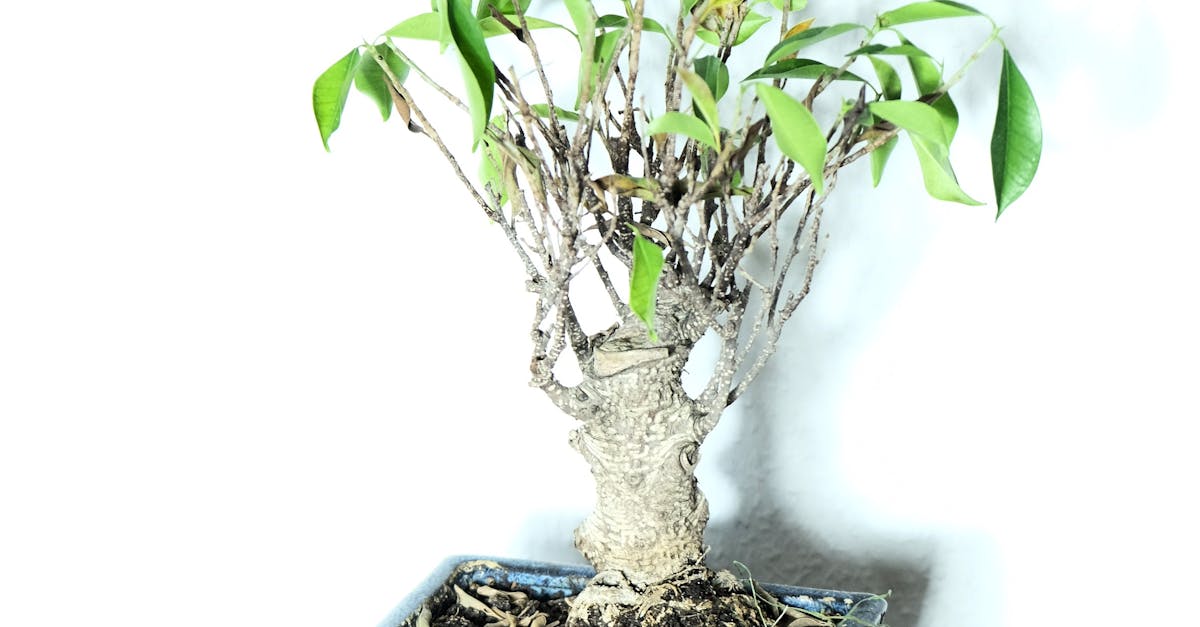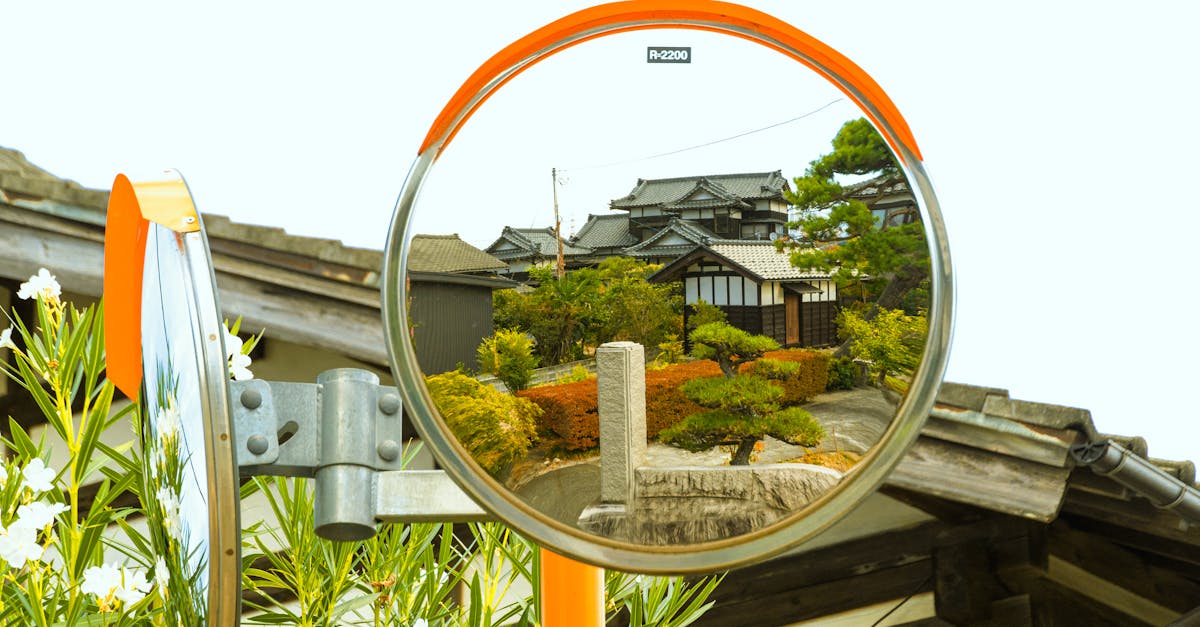The Art of Watering Bonsai Indoors: A Guide to Optimal Hydration
Are you a bonsai enthusiast or thinking about adding one to your home? Bonsai trees are beautiful and elegant and can add a touch of nature to any space. Bonsai care can be a little tricky since they don’t always adhere to typical plant care practices. One important aspect of bonsai care is knowing when to water it. Watering too much or too little can damage or even kill your bonsai. In this comprehensive guide, we will explore the factors to consider when determining the right watering time for your bonsai indoors.
There are a few things to consider when determining the right watering time for your bonsai. First, you need to assess your bonsai’s moisture levels. You can do this by sticking your finger in the soil. If the soil is dry up to your first knuckle, it’s time to water. Second, you need to consider environmental factors, such as temperature and humidity. If it’s hot and dry, your bonsai will need more water than if it’s cool and humid.
Watering your bonsai at the right time is essential for its health and beauty. When you water your bonsai at the right time, you promote root growth, prevent diseases, and enhance its overall appearance. By following the tips in this guide, you can ensure that your bonsai is getting the water it needs to thrive.
1. Determining the Right Watering Time
Determining the Right Watering Time: Assess Moisture Levels and Environmental Factors
When it comes to watering your bonsai, timing is everything. Watering too often can lead to root rot and other problems, while underwatering can stunt growth and even kill your tree. So how do you know when to water your bonsai? The key is to assess your tree’s moisture levels and environmental factors.
To assess your bonsai’s moisture levels, stick your finger in the soil up to your first knuckle. If the soil feels dry, it’s time to water. You can also use a moisture meter to get a more precise reading. Once you know your bonsai’s moisture levels, you can start to consider environmental factors. If it’s hot and dry, your bonsai will need more water than if it’s cool and humid. You’ll also need to water your bonsai more often if it’s in a small pot than if it’s in a large pot. By considering both moisture levels and environmental factors, you can determine the right watering time for your bonsai.
2. Understanding Bonsai Water Needs
Understanding Bonsai Water Needs: Specific Requirements and Influencing Factors
Different bonsai species have different water needs. For example, tropical bonsai trees, such as ficus and schefflera, need more water than temperate bonsai trees, such as pines and junipers. You’ll also need to consider the size of your bonsai pot when determining how often to water. Bonsai trees in small pots will need to be watered more often than bonsai trees in large pots. The composition of your bonsai soil will also affect how often you need to water. Bonsai soils that contain a lot of organic matter, such as peat moss, will retain more water than soils that contain a lot of inorganic matter, such as sand. By understanding the specific water needs of your bonsai species and the impact of pot size and soil composition, you can ensure that your tree is getting the water it needs to thrive.
Here are some general guidelines for watering different types of bonsai trees:
- Tropical bonsai trees: Water when the top 1-2 inches of soil feel dry to the touch.
- Temperate bonsai trees: Water when the top 2-3 inches of soil feel dry to the touch.
- Bonsai trees in small pots: Water more often than bonsai trees in large pots.
- Bonsai trees in soils with a lot of organic matter: Water less often than bonsai trees in soils with a lot of inorganic matter.
3. Benefits of Watering at the Right Time
Benefits of Watering at the Right Time: Promoting Root Growth, Preventing Diseases, and Enhancing Overall Health
Watering your bonsai at the right time is essential for its health and beauty. When you water your bonsai at the right time, you promote root growth, prevent diseases, and enhance its overall appearance.
- Promotes root growth: When you water your bonsai at the right time, you encourage the growth of new roots. New roots help your bonsai to absorb more water and nutrients from the soil, which leads to healthier growth and development.
- Prevents diseases: Watering your bonsai at the right time also helps to prevent diseases. Overwatering can lead to root rot and other fungal diseases, while underwatering can weaken your bonsai and make it more susceptible to pests and diseases.
- Enhances overall health and beauty: When your bonsai is watered at the right time, it will be healthier and more beautiful. Healthy bonsai trees have lush foliage, vibrant colors, and strong trunks. They are also more resistant to pests and diseases.
4. Morning vs. Evening Watering: Debunking Myths
Morning vs. Evening Watering: Debunking Myths and Understanding the Advantages and Disadvantages
There is a popular belief that evening watering is superior to morning watering for bonsai trees. However, there is no scientific evidence to support this claim. In fact, both morning and evening watering have their own advantages and disadvantages.
Advantages of morning watering: * Reduced risk of fungal diseases: Watering your bonsai in the morning allows the leaves to dry quickly, which reduces the risk of fungal diseases. * Less evaporation: Watering your bonsai in the morning means that there is less evaporation, which can save you water.
Advantages of evening watering: * Warmer water: Watering your bonsai in the evening means that the water will be warmer, which can be beneficial for root growth. * Less stress on the tree: Watering your bonsai in the evening gives the tree time to absorb the water before the heat of the day, which can reduce stress on the tree.
Ultimately, the best time to water your bonsai is the time that works best for you and your schedule. If you are concerned about fungal diseases, you may want to water your bonsai in the morning. If you are concerned about water conservation, you may want to water your bonsai in the evening. Regardless of when you water your bonsai, make sure to water it deeply and thoroughly.
5. Additional Tips for Watering Bonsai Indoors
Additional Tips for Watering Bonsai Indoors: Ensuring Optimal Hydration
In addition to watering your bonsai at the right time, there are a few other things you can do to ensure that your tree is getting the water it needs.
- Use high-quality water: The quality of the water you use to water your bonsai is important. Avoid using water that is high in salts or minerals, as this can damage the roots of your tree. Rainwater is the best option, but if you don’t have access to rainwater, you can use distilled water or filtered water.
- Water deeply and thoroughly: When you water your bonsai, make sure to water it deeply and thoroughly. This will encourage the roots of your tree to grow deep into the soil, which will make your tree more устойчивый. To water your bonsai deeply, place it in a sink or bucket of water and let it soak for 10-15 minutes.
- Provide good drainage: Good drainage is essential for bonsai trees. If your bonsai is not draining properly, the roots of your tree can become waterlogged, which can lead to root rot and other problems. Make sure that the pot your bonsai is in has drainage holes, and that the soil is well-draining.
Quiz
1. What is the best way to assess your bonsai’s moisture levels?
(a) Stick your finger in the soil up to your first knuckle. (b) Use a moisture meter. (c) Both (a) and (b).
2. Which type of bonsai tree requires more water: tropical or temperate?
(a) Tropical (b) Temperate (c) Both require the same amount of water.
3. What are the benefits of watering your bonsai at the right time?
(a) Promotes root growth (b) Prevents diseases (c) Enhances overall health and beauty (d) All of the above
4. Is it better to water your bonsai in the morning or evening?
(a) Morning (b) Evening (c) There is no difference
5. What is the most important thing to consider when watering your bonsai indoors?
(a) Water quality (b) Drainage (c) Watering deeply and thoroughly (d) All of the above
Answer Key
1. (c) Both (a) and (b). 2. (a) Tropical 3. (d) All of the above 4. (c) There is no difference 5. (d) All of the above





